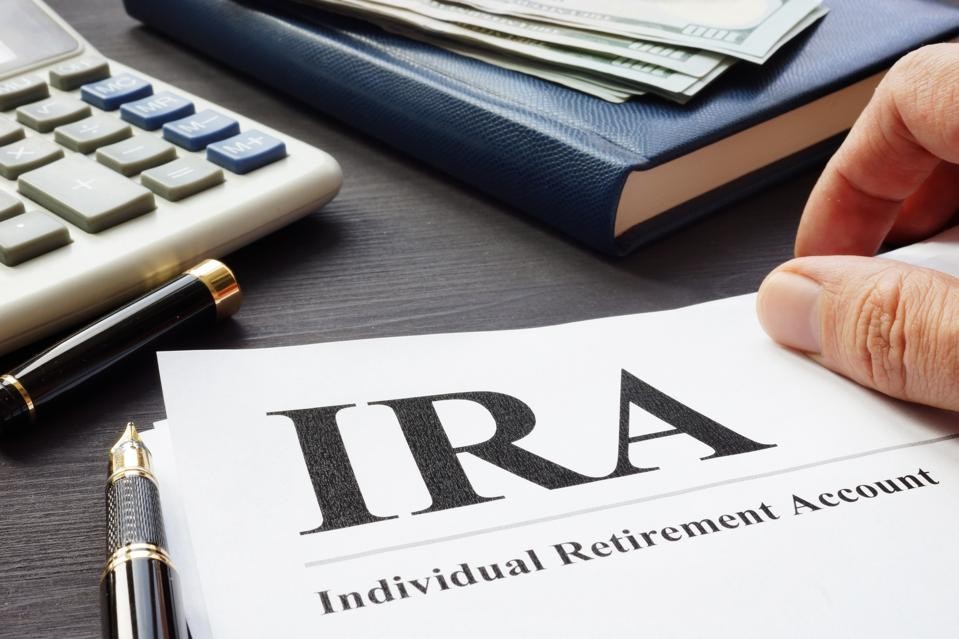The post-‘stretch’ home stretch for Roth IRA conversions

The days of the individual retirement account “stretch” are long gone. But the appeal of Roth conversions is enduring — especially under the current tax rates.
Expiring provisions of the Tax Cuts and Jobs Act at the end of 2025 that mean lower taxes on the conversion, the fact that Roth IRAs carry no required minimum distributions and, of course, the duty-free withdrawals for the owner or their heirs add up to a compelling case, according to Sarah Brenner, the director of retirement education with consulting firm Ed Slott & Company. The first Secure Act was a “game-changer for IRAs and Roth IRAs” due to the new obligation for beneficiaries to empty the accounts within a decade of inheritance, and Secure 2.0 “made some changes around the edges,” she said in an interview.
The situation for traditional IRA owners is “kind of like ripping off a Band-Aid,” in which they should just “get the pain over with,” Brenner said, pointing out that clients often have a misconception that “you’ve got to do it all” even though “it’s not all-or-nothing” because they could simply do a partial conversion as well.
“The Secure Act changed the game, and it has definitely led to, I would say, an even stronger case for Roth conversions,” she added. “You work with the rules you have, and you have a 10-year rule.”
After four straight years of pushing back the implementation of that rule, the IRS has indicated that it will be going into effect at the beginning of 2025. Next year was already going to turn into one of the most consequential for tax policy in recent decades because of the possible sunset of the lower tax brackets and many other parts of the Tax Cuts and Jobs Act that will be high on the agenda for the next occupant of the White House and lawmakers in control of Congress.
Tax experts have been extolling the continued virtues of Roth conversions since passage of the first Secure Act in 2019.
“Though considerations around Roth IRA conversions have changed as a result of the Secure Act, Roth IRAs still offer advantages to account owners and beneficiaries,” certified public accountant and planner Joseph Doerrer wrote the following year in the Journal of Accountancy. “Roth IRAs are tax advantaged, and owners of Roth IRAs aren’t required to take RMDs. This can prove helpful in retirement, as it allows a larger amount of assets to remain in the account. Not having to take RMDs can also help account owners avoid creating unwanted taxable income, giving them more flexibility in retirement. Beneficiaries will enjoy a simpler tax situation, versus beneficiaries of traditional IRAs, due to the tax-free nature of their distributions from the account.”
The politics that led to more tax revenue flowing into federal coffers are now affecting personal financial decisions among advisors and their clients in the wake of the two Secure Acts, Sheryl Rowling, a CPA, planner and technology firm founder, wrote last year for Morningstar.
“Now is the time to do Roth conversion planning,” Rowling said. “By delaying retirement distributions, your clients can have additional years to convert IRA funds to Roth at lower tax rates. These changes all seem to encourage, even require, a greater emphasis on Roth rather than pretax retirement contributions. Although this means more money to the IRS as contributions (or conversions) are made, the opportunity to permanently exclude future growth (and previously taxed principal) from taxation, coupled with the elimination of RMDs, should be a big win for taxpayers in the long run.”
The Roth conversion offers a “huge advantage” over traditional accounts in that clients “never need to take RMDs from their Roth IRAs when they’re alive,” Brenner noted. For those inheriting Roth accounts, their “very compressed timeline” to empty the IRAs within a decade is arriving alongside distributions that won’t have an effect on their taxable income, she said.
“I could just let that Roth IRA sit there and grow for 10 years and then everything would be accessible to me tax- and penalty-free. This is the type of proactive planning that people can be doing. Right now, we have historically low tax rates. We don’t know how long that’s going to last,” Brenner said. “It’s a good time for people to be thinking about converting their taxable traditional IRAs.”
For advisors and their clients, the decision comes down to a simple calculation that the “money is going to be taxed at some point,” she noted.
“You are going to have to pay a tax bill when you convert. No one likes paying taxes unless they absolutely have to,” Brenner said. “Somebody at some point is going to have to pay taxes, so it’s good to do it on your schedule.”
Source: AccountingToday
